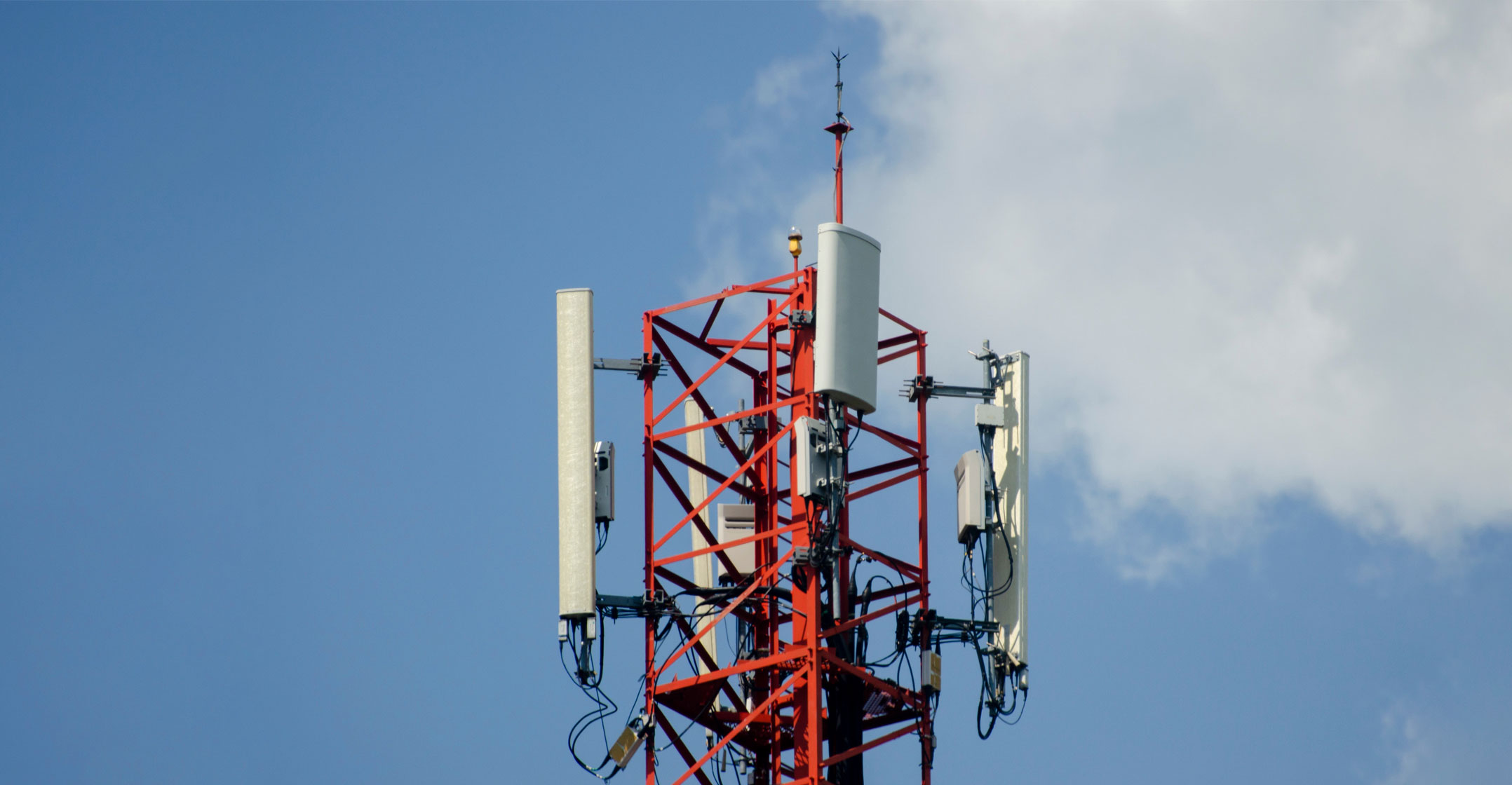 Cell C has completed the migration of its network to partners MTN and Vodacom. This as the mobile operator moves to cut costs and compete more effectively in difficult market conditions.
Cell C has completed the migration of its network to partners MTN and Vodacom. This as the mobile operator moves to cut costs and compete more effectively in difficult market conditions.
The network migration means Cell C customers now have access to about 14 000 mobile towers operated by its partners around South Africa. More than 12 000 of those sites are 4G/LTE capable.
“This is a huge milestone for Cell C and our valued customers,” said Cell C chief technology officer Schalk Visser in a statement on Wednesday. “We are the first mobile operator to think about our network strategy differently and, instead of trying to build out an expensive and unsustainable network, we chose to become a buyer of network services.”
The decision no longer to own and manage its own radio access network – the part of a mobile operator’s network that connects consumers’ devices to a base station – is part of a strategy by Cell C to be more competitive in the market and avoid a repeat of a situation where the company built up unsustainable levels of debt on its balance sheet, which necessitated a recent capital injection from shareholders, led by JSE-listed Blue Label Telecoms, to ensure the business’s survival.
“It is a win for Cell C’s customers as they will benefit from the expanded national coverage, better quality connection, fewer dropped calls and generally a more stable network during load shedding as the partner network is investing in backup power,” said Visser.
Cell C deactivated its own physical tower and radio access network (RAN) and seamlessly migrated prepaid and mobile virtual network operator (MVNO) customers – services like FNB Connect – to a “virtualised RAN” enabled by its network partners, MTN and Vodacom. Cell C uses its own spectrum and is still fully in control of the customer experience, it emphasised. MVNO and prepaid Cell C customers now using a virtualised RAN on MTN’s network, while post-paid contract customers are on Vodacom.
As a service
“This innovation has changed the telecoms landscape, with the market now made up of those that own infrastructure and those that buy infrastructure as a service,” Cell C said.
“This ground-breaking model has propelled Cell C’s network footprint forward by 20 years,” said Visser. “We now have access to best-in-class infrastructure, can benefit from scale and have simultaneously reduced our network expenses and capital expenditure on costly infrastructure.” — © 2023 NewsCentral Media




